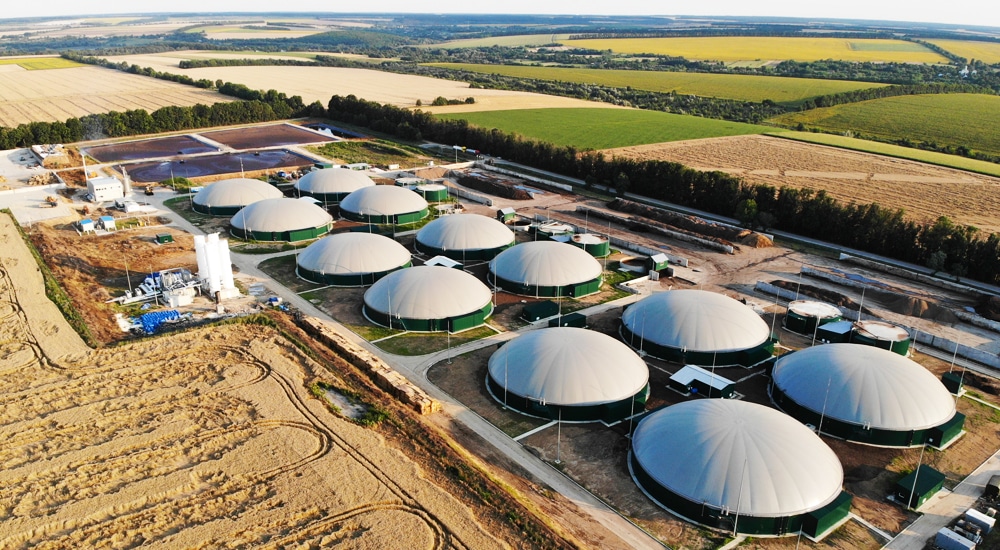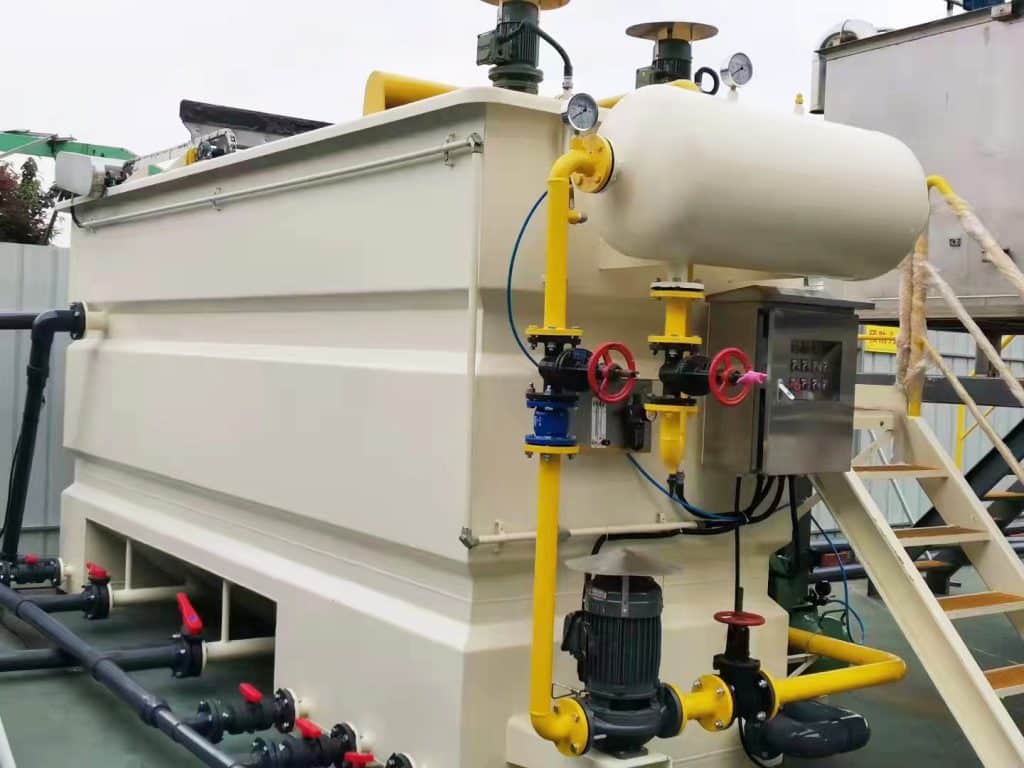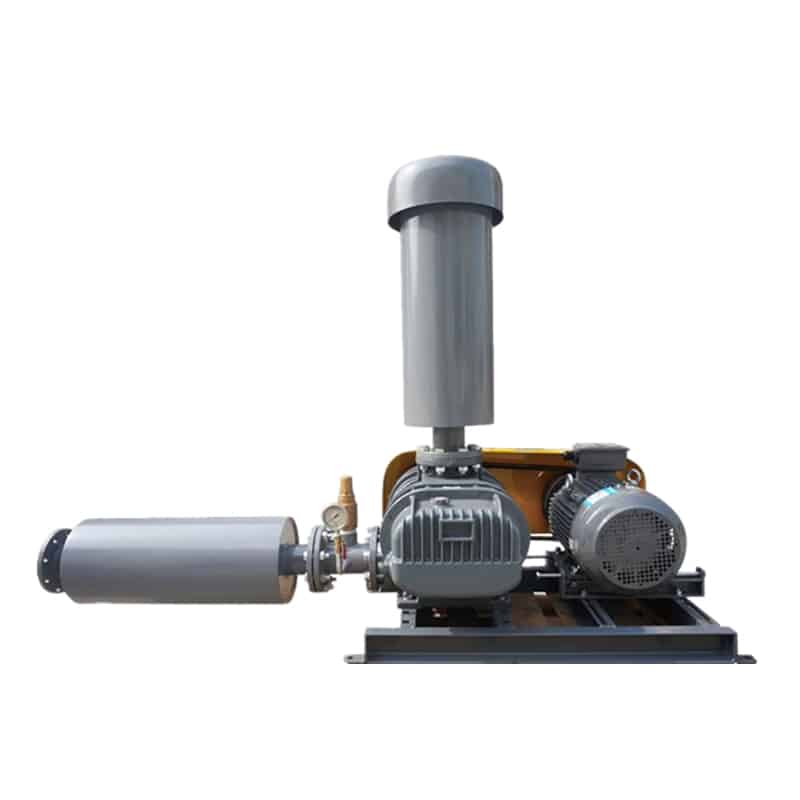What is digester wastewater treatment?
Anaerobic digestion in wastewater treatment plants produces a methane-rich byproduct, biogas, which can be used as an energy source. In large wastewater treatment plants, anaerobic digestion breaks down organic waste. The process produces digester gas by breaking down sewage sludge from primary or secondary purifiers.
Digester is biogas. Its composition varies, but the main components are methane (CH4) and carbon dioxide (CO2). Trace amounts of nitrogen (N2), oxygen (O2) and hydrogen sulfide (H2S) may also be present. Although gas compensation fluctuates depending on temperature and process, methane-rich gas (about 60-75% CH4) becomes an attractive energy source. Biogas can be burned in engines to generate electricity or to heat digestion tanks to accelerate decomposition. In addition, biogas can sometimes supplement natural gas to heat the facility.

The main functions of biogas digester wastewater treatment for example to treat farm wastewater: Firstly, it reduces the COD content of the wastewater, with a removal rate of more than 85% COD, often the digesters of farms are not fully fermented that is discharged. Secondly, the livestock manure is harmlessly treated.
In order to comply with local policies and industry norms for standard discharge, it is necessary to let livestock and poultry manure fully fermented, and then the digestate and digestate are separated and treated. The digestate can be used as organic fertilizer. The digestate enters the impermeable storage tank for settling. At the end of the impermeable storage pond, a biological purification pond is then built, and the precipitated digestate can be discharged into the purification pond, where aquatic plants are planted for treatment.
Key Benefits of Anaerobic Digestion:
- Reduces sludge volume and lowers disposal costs
- Generates renewable energy in the form of methane-rich biogas
- Decreases COD levels in wastewater (up to 85% COD removal efficiency)
- Produces organic fertilizer from processed digestate
Biogas Utilization in Wastewater Treatment Plants
To maximize the benefits of biogas from wastewater treatment, an efficient collection and storage system is essential. Innovative utilization methods include:
- Biogas Agitation
Utilizing generated biogas to agitate primary and secondary sludge digesters tank, improving the digestion process. - Biogas Heating
Burning biogas in boilers to heat digestion tanks, accelerating decomposition.
In cold climates, biogas heating is used to prevent freezing in water treatment facilities. - Biogas Power Generation
If biogas production is stable, it can be used in gas-powered generators to produce electricity.
Most of the generated electricity is used for self-sufficiency, reducing facility operating costs. - Biogas for Residential Heating
Biogas can be used to heat community facilities, including boiling water rooms, dormitories, and canteens.
This is one of the most practical and widely adopted biogas applications.
Improving Digester Efficiency for Sustainable Wastewater Treatment
To meet environmental regulations and ensure efficient waste processing, wastewater treatment plants must optimize anaerobic wastewater digestion systems. Key considerations include:
- Ensuring full fermentation of livestock and poultry manure before disposal.
- Separating digestate for agricultural use (as organic fertilizer).
- Implementing biological purification ponds with aquatic plants to further treat wastewater.
- Utilizing dissolved air flotation (DAF) systems and roots blowers to enhance sludge processing.


Challenges and Considerations in Anaerobic Digestion
While anaerobic digestion provides numerous benefits, it also presents operational challenges that wastewater treatment plants must address:
- Process Stability and Monitoring
Anaerobic digestion is sensitive to temperature fluctuations; maintaining mesophilic (30-38°C) or thermophilic (50-57°C) conditions is crucial for optimal microbial activity.
pH balance should be maintained between 6.5-7.5 to prevent microbial inhibition.
Monitoring volatile fatty acids (VFAs) and alkalinity ensures a stable digestion process. - Hydrogen Sulfide (H₂S) Removal
Biogas contains H₂S, which can corrode equipment and reduce energy efficiency.
Desulfurization units or chemical scrubbers can be used to remove H₂S before biogas utilization. - Managing Digestate Disposal
After digestion, the solid fraction of digestate must be properly treated to prevent environmental contamination.
Dewatering technologies such as centrifuges, belt presses, and screw presses can reduce moisture content.
Treated digestate can be repurposed as organic fertilizer or undergo further biological treatment.
Summary
Anaerobic digestion in wastewater treatment offers a sustainable solution for organic waste reduction and renewable energy production. By capturing and utilizing biogas, wastewater plants can reduce environmental impact, optimize energy use, and lower operational costs. Whether for power generation, heating, or fertilizer production, biogas is an invaluable resource that enhances the overall efficiency of wastewater treatment facilities.
Contact KUOSI today to learn more about our innovative wastewater treatment solutions and request an equipment quote for your facility.
